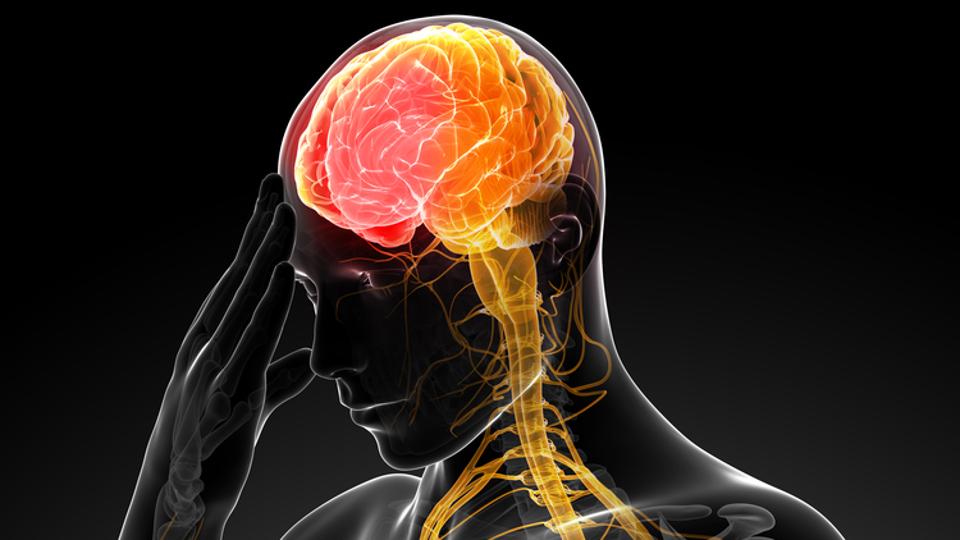Affordable technology for neuro-rehabilitation in LMICs
The article has been authored by Dorcas BC Gandhi, associate professor, Dr Sivakumar Balasubramaniun, professor and head of department CMC Vellore and Dr John M Solomon, associate professor and head of department, physiotherapy, Manipal Academy of Higher Education.
Disability due to neurological illnesses have been on the rise in most Low and- Middle- Income Countries (LMIC). The 2017 report by Global Burden of Disease (GBD), have shown a 90.4% growth in their Years Lived with Disability (YLD counts), however, only 5.5% were benefitted by physical rehabilitation in this 28- year period (1990-2017). Availing life-altering neurological rehabilitation (neurorehab) remains difficult, despite its necessity, due to various reasons: poor awareness, accessibility, affordability, lack of concentration of rehab services in smaller towns and rural areas, lack of insurance coverage for rehab services, the need for long-term and periodic interaction with therapists There are almost around 2.45 billion people across the world, needing physical rehabilitation including neurorehab, thus establishing the need for user-friendly, accessible, and affordable modes of rehabilitation-delivery. Although still in its early phase, neurorehabilitation technology plays a major role in making therapy personalized, intensive, accessible, and affordable.

Technology for neurorehabilitation comes in various forms designed to address the different needs of the end users – patients, caregivers, and clinicians. Some of the most common neurorehabilitation technologies include, robots, sensor systems, virtual reality, gaming and, smartphone apps Each of these technologies has its pros and cons, and are designed to address specific problems in movement, speech, cognitive, and functional rehabilitation. Despite lots of research and development in this area, the adoption of technology in neurorehabilitation remains poor in LMICs, and even in the developed world. Most LMICs have to import these technologies from developed countries, thus making them expensive and unaffordable for the end user. The poor affordability due to their high cost-to-benefit ratio is the major hindrance to their penetration into routine clinical use.
A possible solution to this problem is to focus on simplifying neurorehabilitation technology without losing their clinical value. Such technology designed and developed indigenously taking into account the health care delivery constraints in LMICs is likely to be affordable and tailored to problems faced in LMICs. This requires concerted effort from a multi-disciplinary teams involving all the stakeholders involved in the process – patients, caregivers, clinicians, engineers, and entrepreneurs. A co-design approach towards solving a specific neurorehabilitation problem is likely to produce user-friendly and clinically relevant solutions to address the different needs.
The research and development of technologies for neurorehabilitation has been on the rise in the last decade in India, with several start-ups focused on bringing these technologies to the market. With the support from the government schemes and start-up grants many new startups have come out with devices to support neurological rehabilitation. A few upcoming such startups include Bearmable (https://www.youtube.com/watch?v=QAODJe9R77A ), PLUTO (https://www.youtube.com/watch?v=nB__FB4aeYI) , AREBO These devices show promising outcomes in patients though their overall effect still needs to be tested. These devices are pandemic proof as they can be used as telerehabilitation devices to train patients at home as well. These are good examples of indigenously co-designed and developed solutions that are found to be clinically relevant and usable.
Smartphones are an excellent example of a commonly available technology to make neurorehab widely accessible, and more affordable. From simple applications to advanced camera-based user monitoring, mobile phones can deliver, and monitor therapy protocols for home-bound patients. In countries like India where there has been over 40% growth in mobile and internet users in rural areas, this technology can make neurorehab more accessible and patient-friendly. Numerous smartphone apps exist that, under the supervision of a qualified therapist, allow for development and delivery of patient specific therapy protocols not just for physical but cognitive, speech-language and functional rehabilitation.
While several factors influence the adoption of neurorehabilitation technology by the end users, their affordability is arguably the most important factor. Affordability is determined by the amount of benefit the end user gains for the cost of the technology.
The development of such technology requires a multi-disciplinary team involving all the relevant stakeholders – patients, caregivers, clinicians and engineers. A co-design approach towards solving a specific neurorehabilitation problem works best to ensure user-friendly and clinically relevant solution is developed and deployed. The continued advancements in relevant neurorehabilitation technology and science in the coming years requires the training of future clinicians, engineers, researchers, and entrepreneurs to inculcate a deep, inter-disciplinary work culture among these stakeholders to ensure.
The article has been authored by Dorcas BC Gandhi, associate professor, Dr Sivakumar Balasubramaniun, professor and head of department CMC Vellore and Dr John M Solomon, associate professor and head of department, physiotherapy, Manipal Academy of Higher Education.
All Access.
One Subscription.
Get 360° coverage—from daily headlines
to 100 year archives.



HT App & Website







